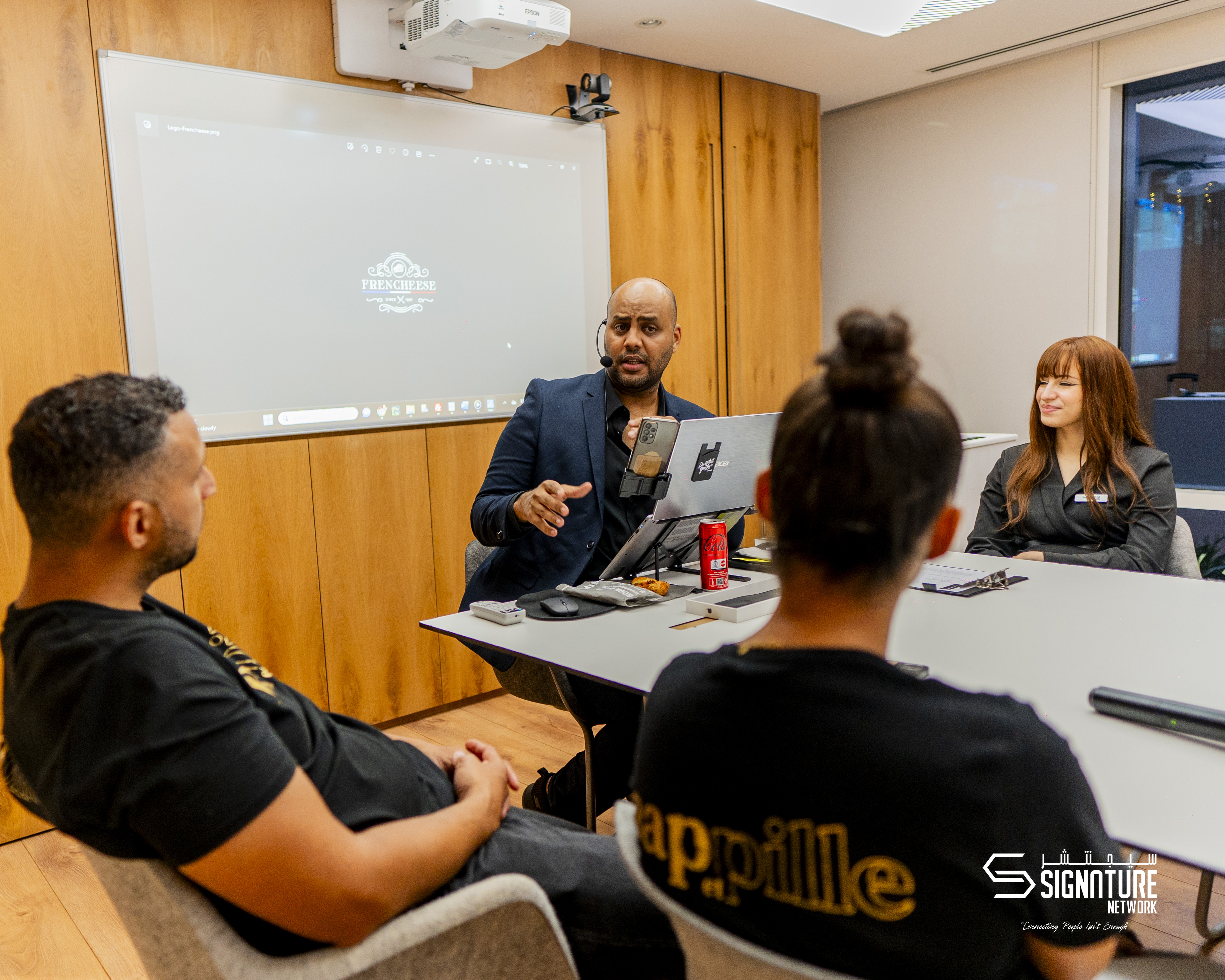
A company’s brand is more than a logo or name, its identity in the marketplace. In the digital age, brand recognition, content, and reputation are critical assets, and without proper legal protection, they can be undermined or exploited. The purpose of this article is to explore key intellectual property (IP) strategies companies should deploy to protect their brand, content, and creative assets from infringement, dilution, and misuse.
There are several protection mechanisms to protect a company’s brand which will be discussed as follows:
1. Brand and Content Assets Protection
Brand assets are the building blocks of a company’s identity and must be legally safeguarded from theft or copycat misuses. Before a company decides to protect its brand and content it must identify what to protect. Some common brand and content assets include:
- Trademarks: business names, logos, taglines, symbols
- Copyrighted Content: written content, images, videos, designs, marketing materials ∙ Trade Dress / Visual Identity: the distinctive look and feel, color schemes, packaging style, website design (which may be protected under trade dress law)
- Domain names & online presence
- Trade Secrets / Confidential Know-how: internal processes, unpublished designs, business strategies
- Digital / AI Models & Source Code (if the company advanced tech) — watermarking, encryption, or model protection frameworks may apply
2. Core Legal Tools & Strategies to Protect Brand & Content
Companies must protect their brand, content, and related IP as follows:
Trademark Registration & Enforcement
- Registering trademarks (name, logo, slogan) in each jurisdiction where the company operates or plan to expand. Registration gives exclusive rights and a stronger legal standing.
- Enforcement must be active: Companies must watch for infringers, send cease and desist letters, and take legal action when needed.
Copyright Protection
- Copyright often arises automatically for original works (text, images, audio, video) without formal registration depending on each country’s requirements.
- Contracts and licenses should clearly specify how copyrighted works may be used or reused.
- Companies must use clear attribution, meta-data, and watermarking to demonstrate ownership.
Confidentiality, NDAs & Trade Secrets
- For content or processes not publicly disclosed, it is advisable to use non-disclosure agreements with employees, contractors, partners. NDAs as essential when working with external collaborators. Also, it is preferable to limit access internally to sensitive material by adopting “need to know” controls.
Monitoring, Enforcement & Anti-Infringement Programs
- Actively monitor online channels, websites, social media, e-commerce platforms for unauthorized use or counterfeit versions. Combine legal tools with technical tools (digital image recognition, domain monitoring). Use “take down” requests, DMCA procedures, or platforms’ infringement reporting tools.
Brand Protection & Anti-Counterfeiting Strategy
- Develop a holistic program combining legal, technical, supply chain, and market intelligence components. For example, luxury brands or high-value goods often coordinate with customs, law enforcement, and online marketplaces to block counterfeit goods. Smaller or medium companies should adopt prioritized strategies: focus on high risk markets or most important brand assets first.

A company’s brand and content are among the most valuable assets the company holds. Failing to protect them may lead not only to lost revenue but also to reputational damage. A proactive intellectual property strategy combining registration, contracts, technical safeguards, monitoring, and enforcement can turn a company’s brand into a durable, defensible asset. By treating IP not as a legal afterthought but as a foundational business pillar, makes a company to grow confidently.
Written by Roaa Abdelrahman
Source:
- Protecting Intellectual Property in Branding and Marketing – Pannike+Partners
- The Power of Intellectual Property Law: Protect Your Brand Assets – Contiguglia Law Firm
- Intellectual Property Protection: Best Practices for Corporations – Continuing Education of the Bar (CEB)



